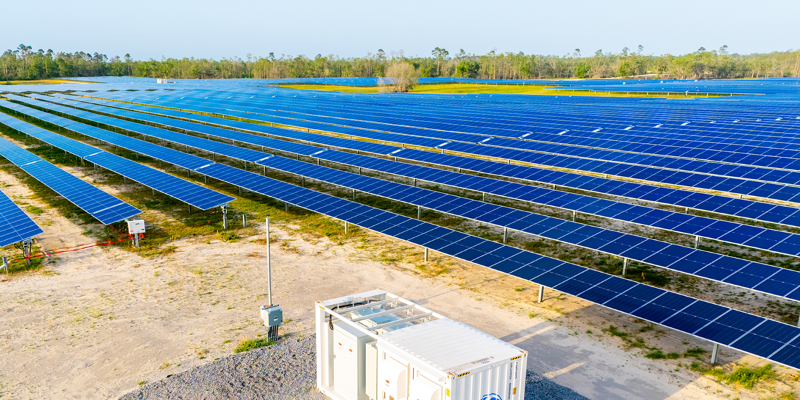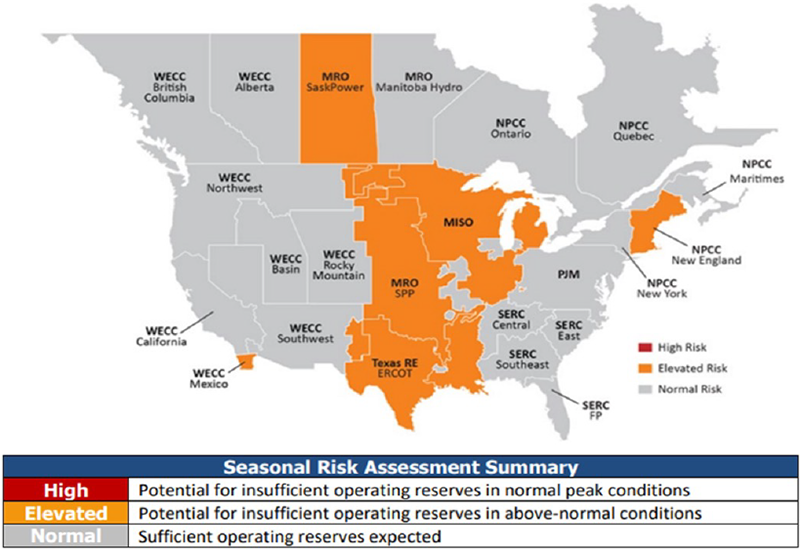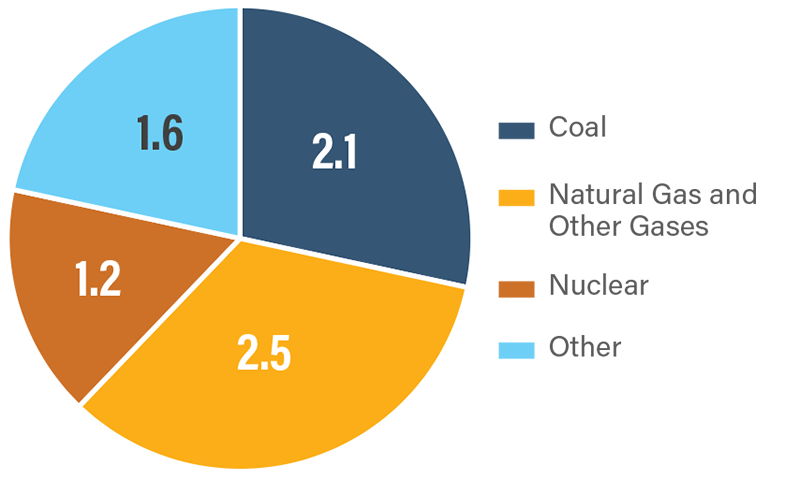Electric Supply Forecast To Meet Normal Summer Peak Demand

Last month, the North American Electric Reliability Corporation (NERC) released its Summer 2025 Reliability Assessment highlighting and assessing parts of North America that pose electric reliability risk this summer.
All the assessed NERC regions are predicted to have sufficient resources for normal summer peak load conditions. The report spotlighted four regions in the U.S. that have an elevated risk for supply shortfalls during periods of abnormal conditions: New England, ERCOT, SPP and MISO.
Summer Reliability Risk Area Summary
 Source: North American Electric Reliability Corporation.
Source: North American Electric Reliability Corporation.
“Rising electricity demand forecasts and a rapidly changing resource mix, which is incorporating more intermittent resources like solar and wind, are large factors in the elevated risk profiles.” CFC Energy Industry Analyst Chris Whittle said. “Since last summer, the peak electricity demand forecast in NERC’s study area rose by 10 GW, more than double the year-over-year increase that happened between the 2023 and 2024 summers.”
Overall, the NERC regions added 30 GW of nameplate solar PV resources and 13 GW of new battery storage. These resources are expected to provide over 35 GW of summer on-peak capacity. New wind resources are also expected to provide an additional 5 GW of on-peak capacity.
“These renewable resources will largely help meet peak demand during normal summer conditions,” Whittle said. “However, with 7.4 GW of dispatchable generation being retired or inactive this summer, the higher reliance on non-dispatchable generation creates more risk of supply shortages during periods of above-normal demand or low renewable output.”
Installed Capacity—Solar and Battery Resources

Generator Retirements Since September 1, 2024 (GW)
 Source: North American Electric Reliability Corporation.
Source: North American Electric Reliability Corporation.
NERC identified and provided context to the regions that have elevated risk for supply shortfalls.
In New England, the region's reliance on electricity imports and the amount of forced generator outages anticipated this summer is expected to be 500 MW higher compared to the year before.
In ERCOT, the continued growth in power demand and reliance on intermittent resources creates risk in the evening hours when solar output falls and demand stays high. However, the 7.5 GW of new battery storage capacity added to ERCOT in the last year should help firm-up some of its solar resources.
In MISO, increasing power demand and less firm resources creates risk during periods of high demand or low resource output. Since last summer, around 1.6 GW of coal and natural-gas-fired generation was retired in the region. Additionally, some generators outside MISO decided to opt out of the MISO planning resource auction, reducing its potential for net firm capacity transfers.
SPP is at risk this summer during periods of above-normal peak demand and low wind output. The region can sometimes experience large ramps of wind generation that can cause transmission congestion and possible scarcity conditions. Managing wind energy fluctuations is important for ensuring reliability in SPP this summer.
